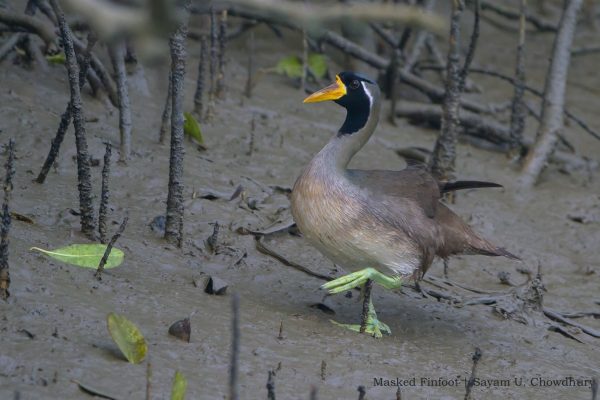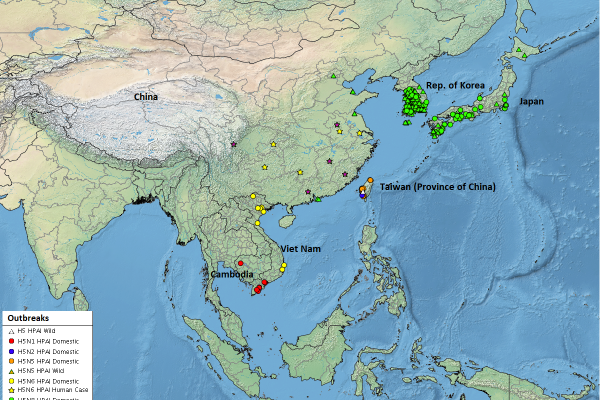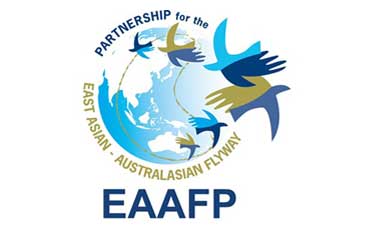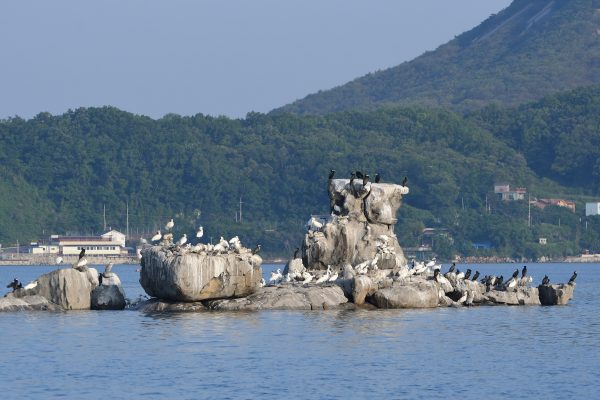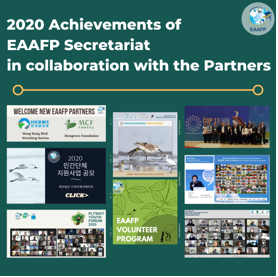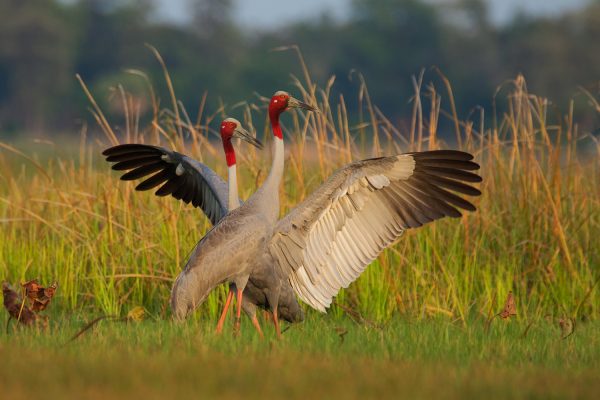-
The iconic Masked Finfoot of Indo-Burma’s forested wetlands is on the brink of extinction
Few species of waterbirds in the Indo-Burma region are as threatened as the highly distinct Masked Finfoot (ranked 43 on the EDGE species list), currently listed as ‘Endangered’ on the IUCN Red List of Threatened Species. The finfoot is also one of EAAFP’s key species. A new study published in the journal, Forktail: Journal of […]
Continue reading -
Updates of worldwide avian influenza situation by FAO/EMPRES-AH (Dec-Feb 2021)
FAO/EMPRES-AH is constantly monitoring the avian influenza situation worldwide and compiles information from multiple national and international sources as well as peer-reviewed scientific articles. Close collaboration with country and regional offices, the implementation of avian influenza field surveillance projects, and networks of expertise like OIE/FAO’s OFFLU (www.offlu.net) provide access to timely information on outbreaks, surveillance […]
Continue reading -
The Partnership
The Partnership, adopted in the list of the World Summit on Sustainable Development (WSSD) as a Type II initiative – an informal and voluntary initiative, was launched on 6 November 2006, and aims to protect migratory waterbirds, their habitat and the livelihoods of people dependent upon them. As of 2020, the EAAFP is comprised of […]
Continue reading -
2021 World Wildlife Day “Forests and Livelihoods: Sustaining People and Planet”
On 3rd March every year, we celebrate UN World Wildlife Day, to raise awareness of the world’s wild animals and plants. This is the day of the signature of the Convention on International Trade in Endangered Species of Wild Fauna and Flora (CITES) in 1973. The 2021 theme of World Wildlife Day is “Forests and Livelihoods: Sustaining […]
Continue reading -
Meetings of Partners
Partners meet regularly to report against an Implementation Strategy, respond to emerging issues and priorities and discuss future collaboration. There are 6 submenus under this Meetings of Partners page as below. Please click them for further information.
Continue reading -
Management Committee
The EAAFP Management Committee facilitates the effective operation of the Partnership by providing the general policy, operational and financial direction to the Secretariat concerning the implementation and the expansion of the Partnership.The current membership was adopted at the 11th Meeting of Partners, in 2023. Committee Members Partner Position E-mail Australia Chair of the Partnership Narelle.Mongomery@dcceew.gov.au […]
Continue reading -
The Partnership
The Partnership Secretariat Strategic Plan Frequently Asked Questions The Partnership, adopted in the list of the World Summit on Sustainable Development (WSSD) as a Type II initiative – an informal and voluntary initiative, was launched on 6 November 2006, and aims to protect migratory waterbirds, their habitat and the livelihoods of people dependent upon them. […]
Continue reading -
Five Black-faced Spoonbill released in Ganghwa Island, by National Institute of Ecology of Ro Korea
National Institute of Ecology (hereafter referred to as the “NIE”) under the Ministry of Environment, Republic of Korea, released five Black-faced Spoonbills (IUCN: Endangered, National Species: Level I) to the natal site, tidal flat of Ganghwa-do, Incheon on 1 July, 2020. Black-faced Spoonbill was listed as an Endangered (EN) species in IUCN Red List and […]
Continue reading -
Work and achievements of EAAFP Secretariat in collaboration with the Partners in 2020
The year 2020 is an unprecedented time for everyone due to the COVID-19 Pandemic. Yet, the EAAFP Partners and Secretariat adapted to the situation and overcome the challenge to continue the conservation of migratory waterbirds and wetlands. Here is a summary of the work and achievements of EAAFP Partners in which the Secretariat has also […]
Continue reading -
The “Year of the Cranes” story series #7 – Sarus Crane Nest Adoption in Thailand
Sarus Crane (Antigone antigone) has three disjunct populations in the Indian subcontinent, South-East Asia (occurs in Myanmar, Laos, Vietnam and Cambodia) and northern Australia. Unlike most of other species of cranes which migrate long distance between breeding and wintering grounds, Sarus Crane are residential or regarded as “short-distant migrant”. The Eastern Sarus Crane population decreased drastically due […]
Continue reading

